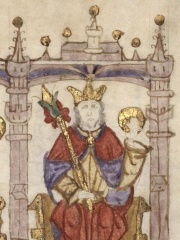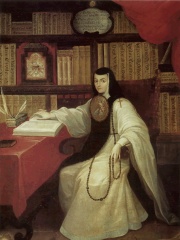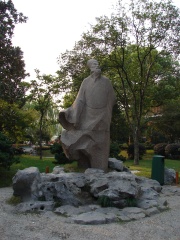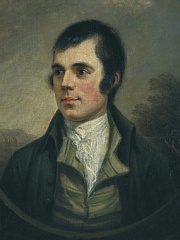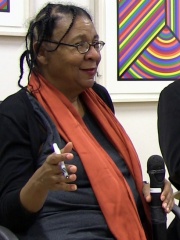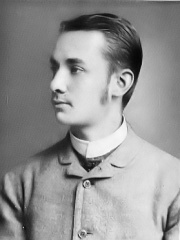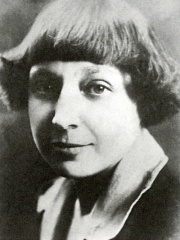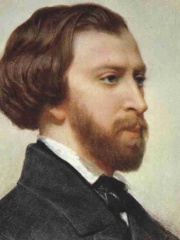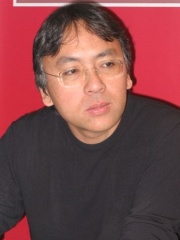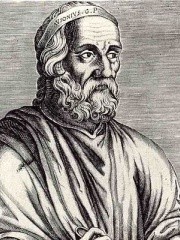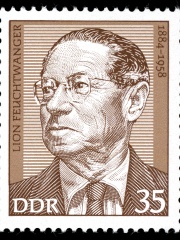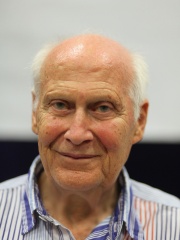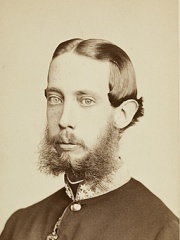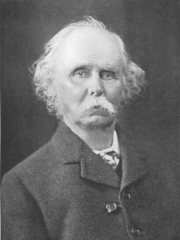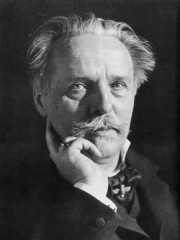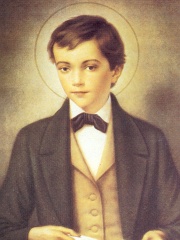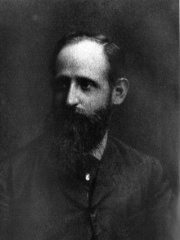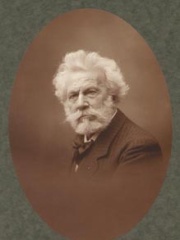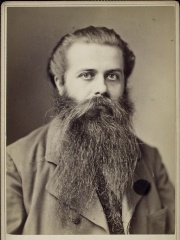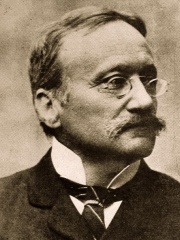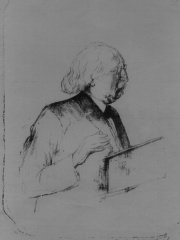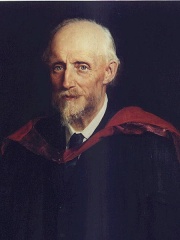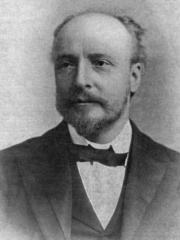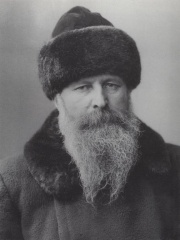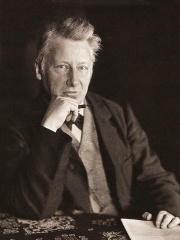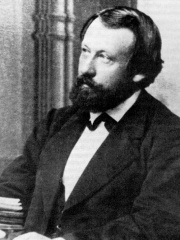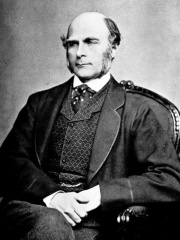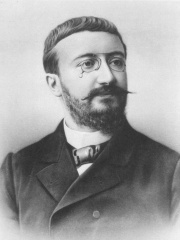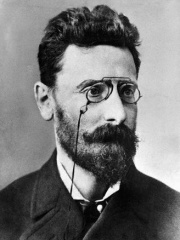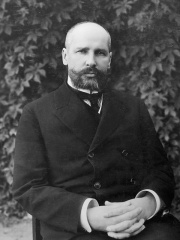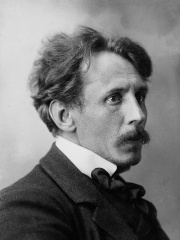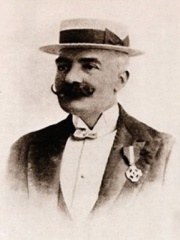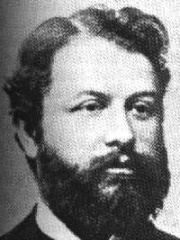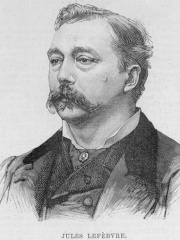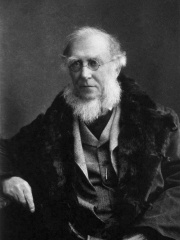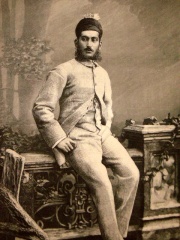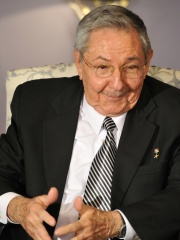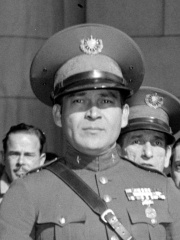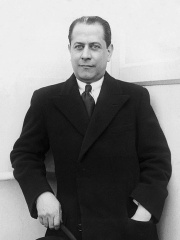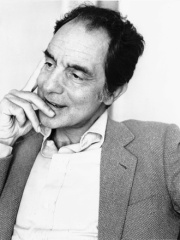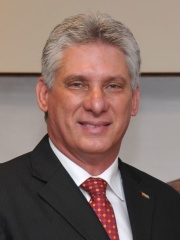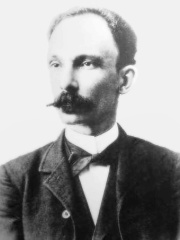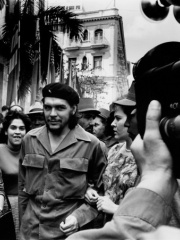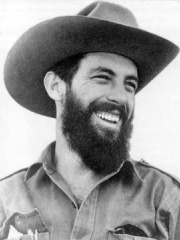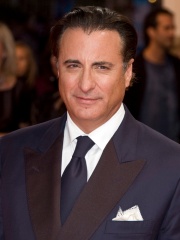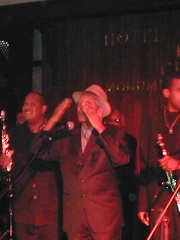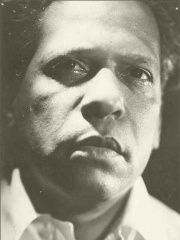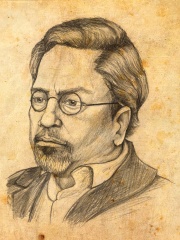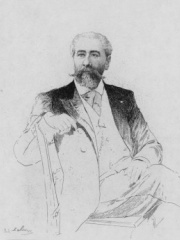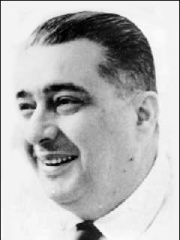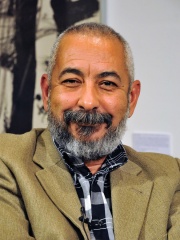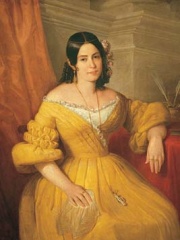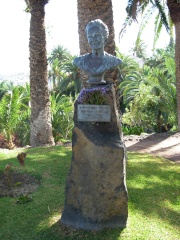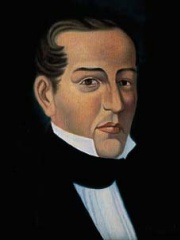WRITER
Paul Lafargue
1842 - 1911
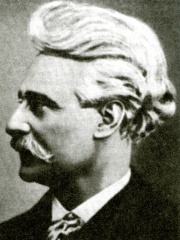
 Paul Lafargue
Paul Lafargue
Paul Lafargue (; French: [lafaʁg]; 15 January 1842 – 25 November 1911) was a Cuban-born French political writer, economist, journalist, literary critic, and activist. His best known work is The Right to Be Lazy. Born in Cuba to French and Creole parents, Lafargue spent most of his life in France, with periods in England and Spain. He was Karl Marx's son-in-law, having married his second daughter, Laura. Read more on Wikipedia
His biography is available in 40 different languages on Wikipedia (up from 38 in 2024). Paul Lafargue is the 600th most popular writer (down from 552nd in 2024), the 8th most popular biography from Cuba (down from 7th in 2019) and the 3rd most popular Cuban Writer.
Paul Lafargue was a French Marxist theorist and activist. He is most famous for his work "The Right to Be Lazy."
Memorability Metrics
Page views of Paul Lafargue by language
Among WRITERS
Among writers, Paul Lafargue ranks 600 out of 7,302. Before him are Denis of Portugal, Juana Inés de la Cruz, Su Shi, Robert Burns, Bell hooks, and Gustav Meyrink. After him are Marina Tsvetaeva, Alfred de Musset, Kazuo Ishiguro, Ausonius, Lion Feuchtwanger, and Bert Hellinger.
Most Popular Writers in Wikipedia
Go to all RankingsDenis of Portugal
1261 - 1325
HPI: 71.71
Rank: 594
Juana Inés de la Cruz
1648 - 1695
HPI: 71.71
Rank: 595
Su Shi
1037 - 1101
HPI: 71.71
Rank: 596
Robert Burns
1759 - 1796
HPI: 71.70
Rank: 597
Bell hooks
1952 - 2021
HPI: 71.69
Rank: 598
Gustav Meyrink
1868 - 1932
HPI: 71.68
Rank: 599
Paul Lafargue
1842 - 1911
HPI: 71.68
Rank: 600
Marina Tsvetaeva
1892 - 1941
HPI: 71.67
Rank: 601
Alfred de Musset
1810 - 1857
HPI: 71.67
Rank: 602
Kazuo Ishiguro
1954 - Present
HPI: 71.66
Rank: 603
Ausonius
310 - 395
HPI: 71.64
Rank: 604
Lion Feuchtwanger
1884 - 1958
HPI: 71.60
Rank: 605
Bert Hellinger
1925 - 2019
HPI: 71.59
Rank: 606
Contemporaries
Among people born in 1842, Paul Lafargue ranks 13. Before him are Archduke Ludwig Viktor of Austria, Alfred Marshall, Karl May, Dominic Savio, Josef Breuer, and Camille Flammarion. After him are Karl Robert Eduard von Hartmann, Arrigo Boito, Hermann Cohen, Osborne Reynolds, James Dewar, and Vasily Vereshchagin. Among people deceased in 1911, Paul Lafargue ranks 8. Before him are Jacobus Henricus van 't Hoff, Wilhelm Dilthey, Francis Galton, Alfred Binet, Joseph Pulitzer, and Pyotr Stolypin. After him are Mikalojus Konstantinas Čiurlionis, Emilio Salgari, Georg Jellinek, Jules Joseph Lefebvre, Joseph Dalton Hooker, and Mahboob Ali Khan.
Others Born in 1842
Go to all RankingsArchduke Ludwig Viktor of Austria
NOBLEMAN
1842 - 1919
HPI: 75.78
Rank: 7
Alfred Marshall
ECONOMIST
1842 - 1924
HPI: 75.63
Rank: 8
Karl May
WRITER
1842 - 1912
HPI: 74.35
Rank: 9
Dominic Savio
RELIGIOUS FIGURE
1842 - 1857
HPI: 73.33
Rank: 10
Josef Breuer
PHILOSOPHER
1842 - 1925
HPI: 72.48
Rank: 11
Camille Flammarion
WRITER
1842 - 1925
HPI: 72.22
Rank: 12
Paul Lafargue
WRITER
1842 - 1911
HPI: 71.68
Rank: 13
Karl Robert Eduard von Hartmann
PHILOSOPHER
1842 - 1906
HPI: 71.31
Rank: 14
Arrigo Boito
WRITER
1842 - 1918
HPI: 69.79
Rank: 15
Hermann Cohen
PHILOSOPHER
1842 - 1918
HPI: 69.32
Rank: 16
Osborne Reynolds
PHYSICIST
1842 - 1912
HPI: 69.26
Rank: 17
James Dewar
CHEMIST
1842 - 1923
HPI: 69.21
Rank: 18
Vasily Vereshchagin
PAINTER
1842 - 1904
HPI: 69.12
Rank: 19
Others Deceased in 1911
Go to all RankingsJacobus Henricus van 't Hoff
CHEMIST
1852 - 1911
HPI: 80.83
Rank: 2
Wilhelm Dilthey
PHILOSOPHER
1833 - 1911
HPI: 76.39
Rank: 3
Francis Galton
STATISTICIAN
1822 - 1911
HPI: 74.03
Rank: 4
Alfred Binet
PSYCHOLOGIST
1857 - 1911
HPI: 73.71
Rank: 5
Joseph Pulitzer
JOURNALIST
1847 - 1911
HPI: 73.71
Rank: 6
Pyotr Stolypin
POLITICIAN
1862 - 1911
HPI: 71.92
Rank: 7
Paul Lafargue
WRITER
1842 - 1911
HPI: 71.68
Rank: 8
Mikalojus Konstantinas Čiurlionis
PAINTER
1875 - 1911
HPI: 70.35
Rank: 9
Emilio Salgari
WRITER
1862 - 1911
HPI: 70.25
Rank: 10
Georg Jellinek
POLITICAL SCIENTIST
1851 - 1911
HPI: 69.49
Rank: 11
Jules Joseph Lefebvre
PAINTER
1836 - 1911
HPI: 69.01
Rank: 12
Joseph Dalton Hooker
BIOLOGIST
1817 - 1911
HPI: 67.85
Rank: 13
Mahboob Ali Khan
POLITICIAN
1866 - 1911
HPI: 67.38
Rank: 14
In Cuba
Among people born in Cuba, Paul Lafargue ranks 8 out of 300. Before him are Raúl Castro (1931), Fulgencio Batista (1901), José Raúl Capablanca (1888), Italo Calvino (1923), Miguel Díaz-Canel (1960), and José Martí (1853). After him are Alberto Korda (1928), Camilo Cienfuegos (1932), Andy García (1956), Gloria Estefan (1957), Compay Segundo (1907), and Emilio Mola (1887).
Others born in Cuba
Go to all RankingsRaúl Castro
POLITICIAN
1931 - Present
HPI: 80.27
Rank: 2
Fulgencio Batista
POLITICIAN
1901 - 1973
HPI: 77.68
Rank: 3
José Raúl Capablanca
CHESS PLAYER
1888 - 1942
HPI: 76.24
Rank: 4
Italo Calvino
WRITER
1923 - 1985
HPI: 75.31
Rank: 5
Miguel Díaz-Canel
POLITICIAN
1960 - Present
HPI: 74.68
Rank: 6
José Martí
WRITER
1853 - 1895
HPI: 73.05
Rank: 7
Paul Lafargue
WRITER
1842 - 1911
HPI: 71.68
Rank: 8
Alberto Korda
PHOTOGRAPHER
1928 - 2001
HPI: 71.24
Rank: 9
Camilo Cienfuegos
SOCIAL ACTIVIST
1932 - 1959
HPI: 71.23
Rank: 10
Andy García
ACTOR
1956 - Present
HPI: 70.19
Rank: 11
Gloria Estefan
SINGER
1957 - Present
HPI: 69.44
Rank: 12
Compay Segundo
MUSICIAN
1907 - 2003
HPI: 69.07
Rank: 13
Emilio Mola
POLITICIAN
1887 - 1937
HPI: 68.52
Rank: 14
Among WRITERS In Cuba
Among writers born in Cuba, Paul Lafargue ranks 3. Before him are Italo Calvino (1923), and José Martí (1853). After him are Nicolás Guillén (1902), Guillermo Cabrera Infante (1929), José-Maria de Heredia (1842), José Lezama Lima (1910), Leonardo Padura Fuentes (1955), Pedro Juan Gutiérrez (1950), Gertrudis Gómez de Avellaneda (1814), Dulce María Loynaz (1902), and José María Heredia y Heredia (1803).
Italo Calvino
1923 - 1985
HPI: 75.31
Rank: 1
José Martí
1853 - 1895
HPI: 73.05
Rank: 2
Paul Lafargue
1842 - 1911
HPI: 71.68
Rank: 3
Nicolás Guillén
1902 - 1989
HPI: 63.61
Rank: 4
Guillermo Cabrera Infante
1929 - 2005
HPI: 62.17
Rank: 5
José-Maria de Heredia
1842 - 1905
HPI: 61.94
Rank: 6
José Lezama Lima
1910 - 1976
HPI: 60.03
Rank: 7
Leonardo Padura Fuentes
1955 - Present
HPI: 60.00
Rank: 8
Pedro Juan Gutiérrez
1950 - Present
HPI: 58.59
Rank: 9
Gertrudis Gómez de Avellaneda
1814 - 1873
HPI: 58.40
Rank: 10
Dulce María Loynaz
1902 - 1997
HPI: 58.03
Rank: 11
José María Heredia y Heredia
1803 - 1839
HPI: 56.74
Rank: 12
